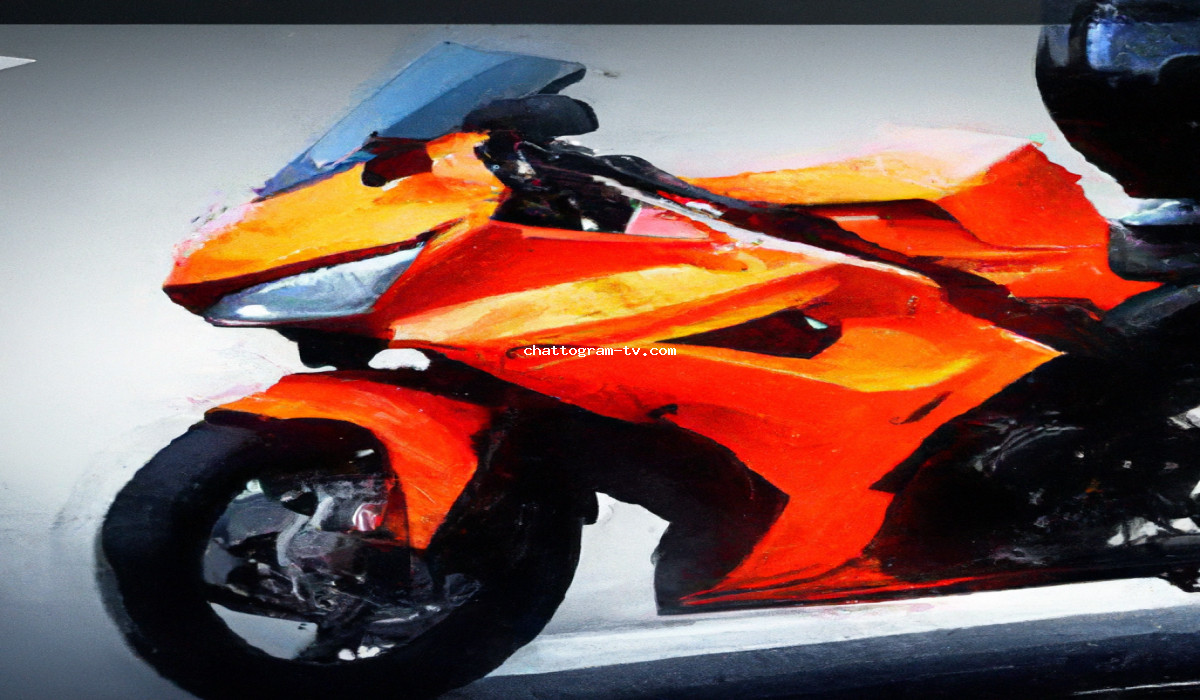Learn How To Ride A Motorcycle! Motorcycle riding is an activity that can be both exciting and challenging. It can also provide a sense of freedom that is hard to find elsewhere.
Learn How To Ride A Motorcycle
Knowing how to ride safely can mean the difference between enjoying the experience and causing harm to yourself or others. In this blog post, we’ll discuss how to get started riding a motorcycle and how to stay safe while you ride. We’ll also cover some of the common mistakes that novice riders make and provide tips on how to avoid them.
Steps for Getting Started
The first step in learning to ride a motorcycle is to get the proper training and obtain a valid license. Research your local laws and look into motorcycle education courses in your area. Taking a course from a professional instructor is the best way to learn the basics and stay safe on the road. Many riders also complete an Motorcycle Safety Course (MSF) at some point in their riding career.

Once you have your license and some knowledge of the basics, it’s time to pick out your first bike. It’s important to select a motorcycle that fits your size and experience level. Doing your homework and researching your options can save you a lot of hassle in the long run. Most beginner riders should opt for a bike with a smaller engine and lower seat height, as these will be easier to maneuver and control.
Staying Safe on the Road
Once you have your license and have chosen a bike, it’s time to get on the road. But before you do, it’s important to take some safety precautions. It is essential to always wear a helmet and other protective gear, such as gloves, boots, and protective clothing. Wearing the right gear can help minimize the risk of injury in the event of an accident. It is also important to stay alert and be aware of your surroundings at all times. This means staying off your cell phone, avoiding distractions, and using your mirrors and signals properly.
Common Mistakes to Avoid
Riding a motorcycle can be an exhilarating experience, but it is not without its risks. Novice riders often make mistakes that can lead to dangerous situations. Some of the most common mistakes for beginners include riding in bad weather, switching lanes abruptly, and failing to use proper signaling. It’s also important to remember that motorcycles don’t respond as quickly as cars, so riders must give themselves extra time to slow down and stop.
Tips for Advanced Riders
Once you have the basics down, it’s time to start honing your skills. Learning more advanced techniques can improve your riding experience and increase your safety on the road. Some advanced tips include taking a riding course, practicing cornering techniques, and focusing on your braking. Riders should also pay attention to their shock settings and tire pressure, as these can have an impact on handling.
Conclusion
Riding a motorcycle is a rewarding activity that requires both skill and patience. It is important to take the time to educate yourself on the basics and always practice safe riding habits.
Learn How To Ride A Motorcycle
Once you understand the basics, it’s time to hone your skills and become a more experienced rider. With the right training and education, you can enjoy the freedom and exhilaration of riding a motorcycle safely and responsibly.
FAQs
Q: How do I get started riding a motorcycle?
A: The first step is to get proper instruction and obtain a valid license. You should research local laws and look into motorcycle education courses in your area. Taking a course from a professional instructor is the best way to learn the basics and stay safe on the road.
Q: What kind of bike should I buy?
A: It’s important to select a motorcycle that fits your size and experience level. Doing your homework and researching your options can save you a lot of hassle in the long run. Most beginner riders should opt for a bike with a smaller engine and lower seat height, as these will be easier to maneuver and control.
Q : What safety gear do I need to wear?
A: It is essential to always wear a helmet and other protective gear, such as gloves, boots, and protective clothing. Wearing the right gear can help minimize the risk of injury in the event of an accident.
Q: What are some common mistakes for novice riders?
A: Some of the most common mistakes novice riders make include riding in bad weather, switching lanes abruptly, and failing to use proper signaling. It’s also important to remember that motorcycles don’t respond as quickly as cars, so riders must give themselves extra time to slow down and stop.
Q: What tips do experienced riders have?
A: Once you have the basics down, it’s time to start honing your skills. Learning more advanced techniques can improve your riding experience and increase your safety on the road. Some advanced tips include taking a riding course, practicing cornering techniques, and focusing on your braking. Riders should also pay attention to their shock settings and tire pressure, as these can have an impact on handling.
Q: What other safety tips are there?
A: In addition to wearing protective gear and learning advanced riding techniques, it’s important to stay alert and be aware of your surroundings at all times. This means staying off your cell phone, avoiding distractions, and using your mirrors and signals properly.
